Nestled within the diverse landscapes of Eastern North Carolina lie several remarkable National Wildlife Refuges (NWRs), each a haven for biodiversity and outdoor enthusiasts alike. From the pristine shores of Pea Island to the ancient forests of Alligator River, these refuges offer unparalleled opportunities for wildlife observation, photography, and outdoor recreation. Visitors can explore miles of scenic trails, witness majestic bird migrations, and immerse themselves in the region’s rich natural heritage. Whether you’re a seasoned birder, an avid hiker, or simply seeking solace in nature, Eastern NC’s NWRs promise unforgettable experiences and a deep connection to the wild. Plan your next adventure and discover the wonders of these protected sanctuaries in Eastern North Carolina.
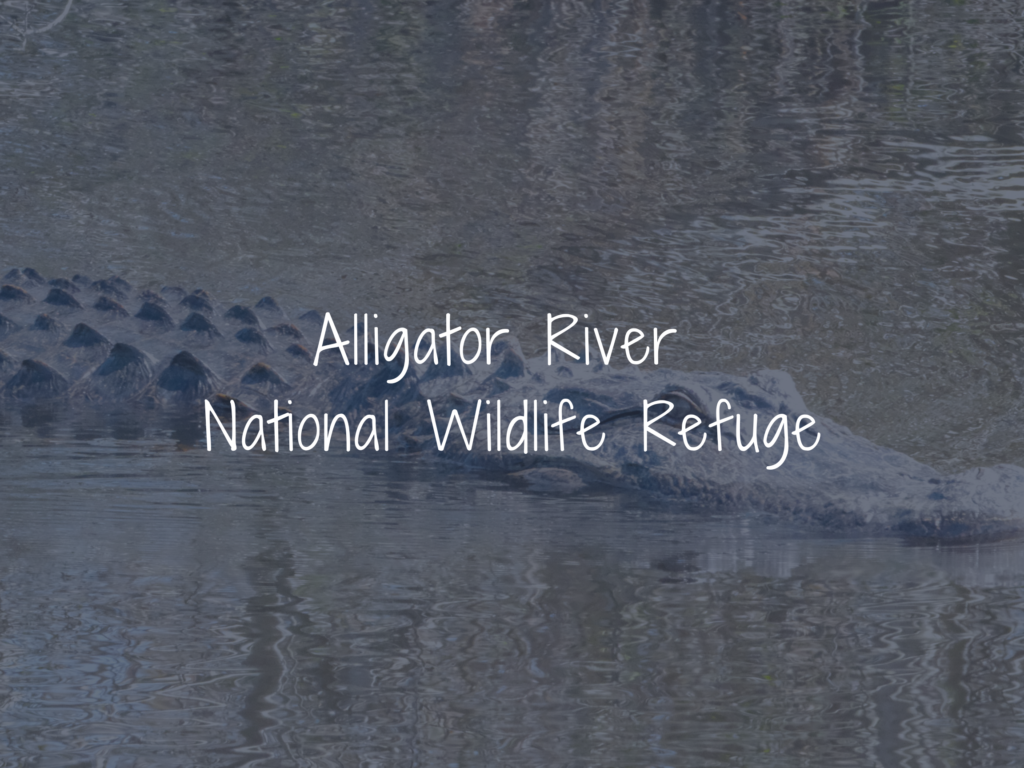
Tucked away in the serene landscapes of eastern North Carolina lies a hidden gem of biodiversity: the Alligator River National Wildlife Refuge. Spread across nearly 160,000 acres, this refuge stands as a testament to the beauty and resilience of the region’s natural habitats. Named after the nearby Alligator River, the refuge boasts a diverse array of ecosystems, from vast marshlands and pristine wetlands to dense forests teeming with life. It’s a haven for wildlife enthusiasts, offering glimpses of elusive creatures like black bears, red wolves, and, of course, alligators in their natural habitats. Beyond its rich fauna, the refuge also serves as a vital stopover for migratory birds along the Atlantic Flyway, making it a paradise for birdwatchers year-round. Whether you’re exploring its extensive network of drivable roads, one of its nature trails, embarking on a scenic kayak journey through its waterways, or simply immersing yourself in the tranquility of its surroundings, Alligator River National Wildlife Refuge promises an unforgettable experience for nature lovers of all ages.
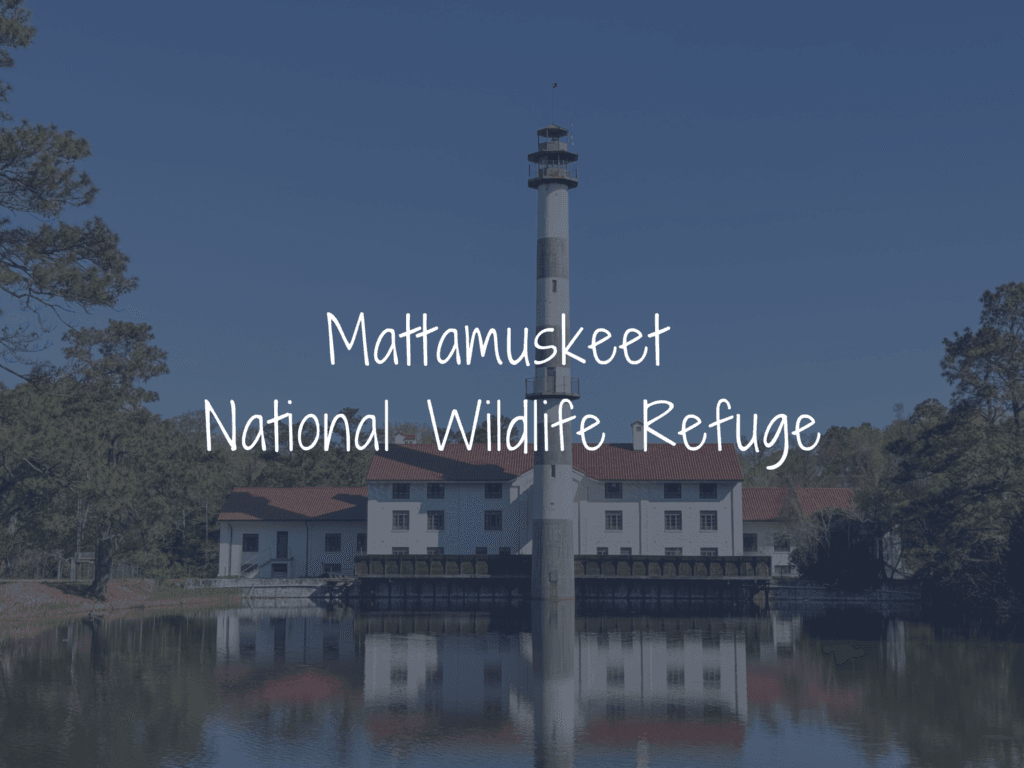
Mattamuskeet National Wildlife Refuge is a beautiful sanctuary located in the heart of North Carolina’s coastal plain. Spanning over 50,000 acres, the refuge is home to vast marshes, shimmering lakes, and dense woodlands, offering a safe haven for migratory birds and wildlife enthusiasts. At the center of the refuge lies Lake Mattamuskeet, one of the largest natural lakes in North Carolina. Visitors can witness thousands of waterfowl, including snow geese and tundra swans, flocking to the lake’s shores during their annual migrations.
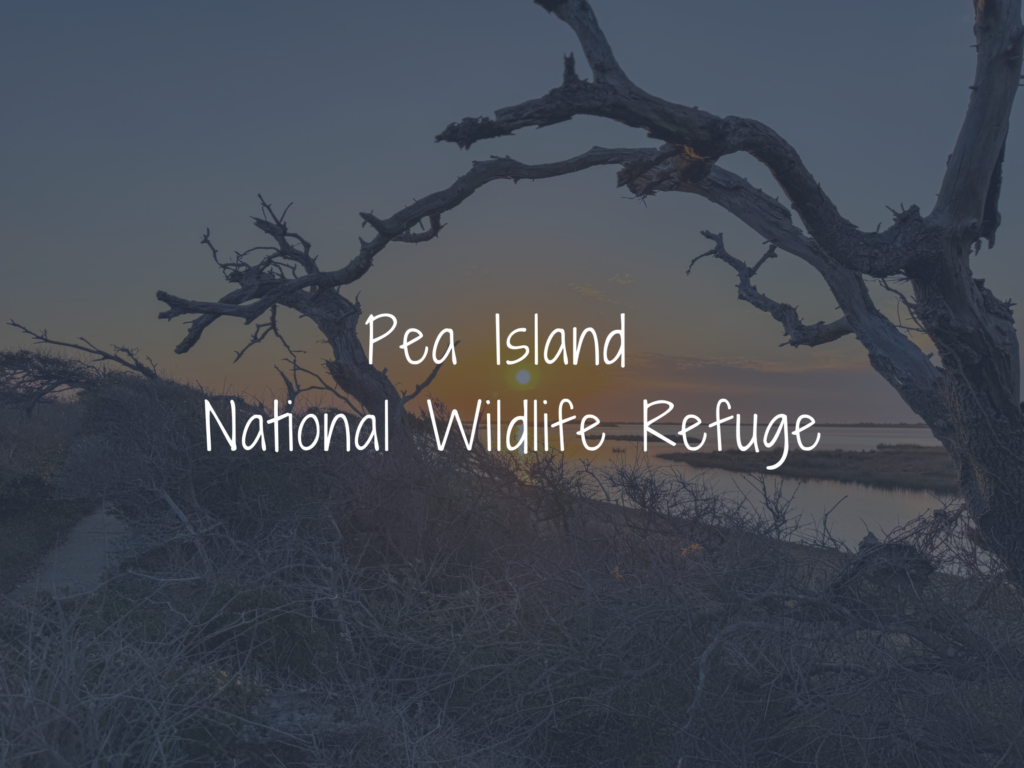
Pea Island National Wildlife Refuge, located in the beautiful Outer Banks of North Carolina, is a sanctuary of natural beauty and ecological diversity. Covering over 5,800 acres of pristine marshes, dunes, and maritime forests, this refuge stands as a testament to conservation efforts and the preservation of fragile ecosystems. It was named after the once-thriving community of Pea Island. The refuge is home to over 365 species of birds, including migratory waterfowl and rare shorebirds. Its pristine beaches serve as nesting grounds for endangered sea turtles, while its marshes teem with life, offering vital habitat for countless species of fish and invertebrates. Visitors to Pea Island can explore its network of scenic trails, observe wildlife from strategically placed observation points, or simply bask in the tranquility of this untouched coastal wilderness. Pea Island National Wildlife Refuge is a beacon of environmental stewardship, inviting all who venture there to connect with nature and gain a deeper appreciation for the delicate balance of life along the Atlantic coast.
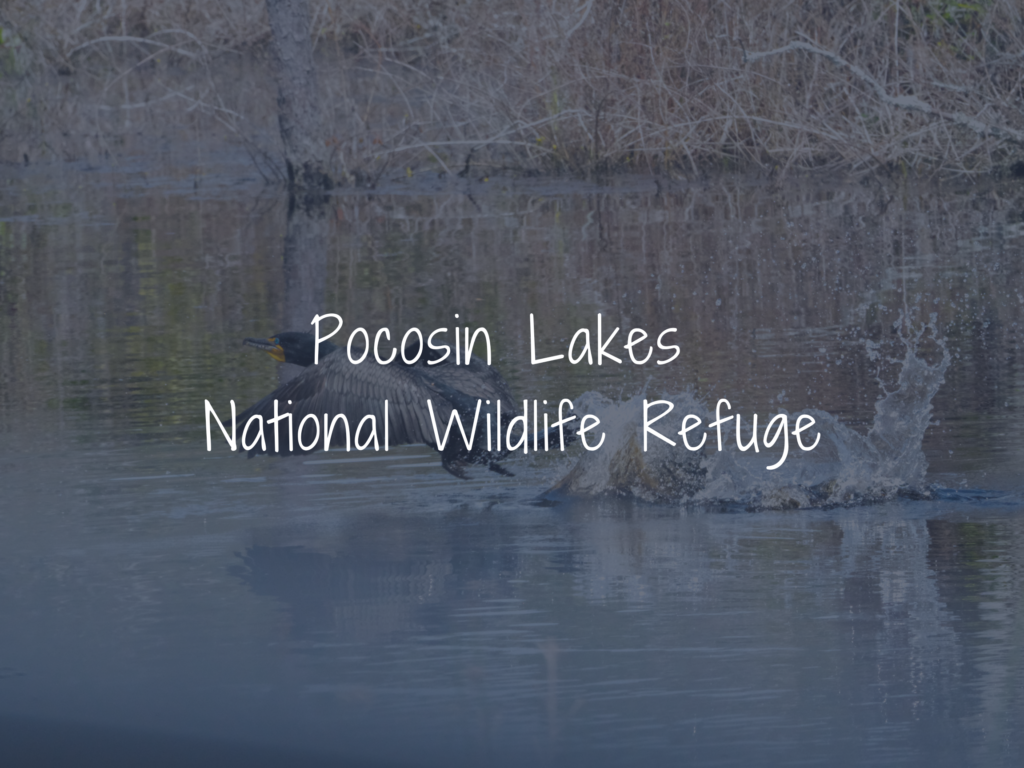
Located on the Albermarle-Pamilco Peninsula in North Carolina lies a hidden gem of ecological wonder: Pocosin Lakes National Wildlife Refuge. Spanning over 110,000 acres of pristine wilderness, this refuge serves as a sanctuary for a diverse array of wildlife and plant species. Its name, “pocosin,” is derived from an Algonquian term meaning “swamp on a hill,” which perfectly describes the unique landscape that defines this refuge. Here, expansive wetlands, dense forests, and shimmering lakes converge to create a haven for migratory birds, including tundra swans and snow geese, as well as elusive mammals such as black bears and red wolves.
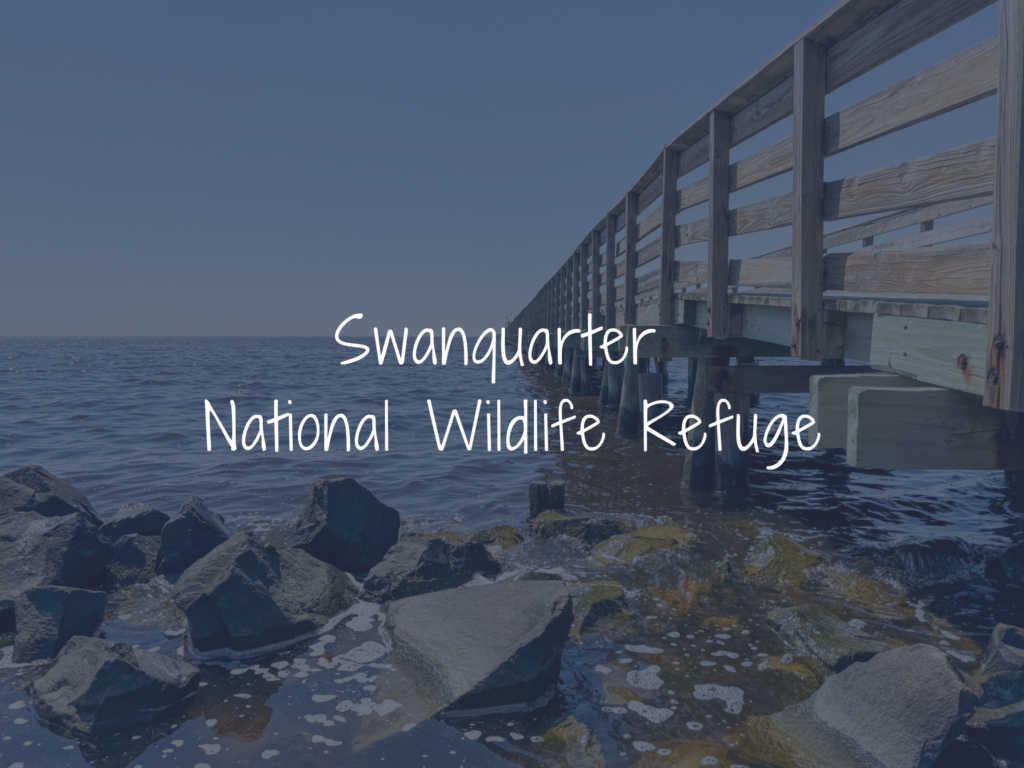
Located in Eastern North Carolina, Swanquarter National Wildlife Refuge is a testament to the region’s rich biodiversity and commitment to conservation. The refuge spans over 16,000 acres of pristine marshes, woodlands, and open waters, serving as a vital sanctuary for a myriad of wildlife species, from majestic waterfowl to elusive mammals. Its coastal location provides a critical habitat for migratory birds and offers visitors a breathtaking glimpse into the intricate tapestry of nature’s wonders. One of the main attractions is its Bell Island Pier, which provides excellent photo opportunities and fishing activities. With its dedication to preservation and education, this refuge serves as a beacon of hope for future generations, reminding us of the importance of safeguarding our planet’s precious ecosystems.